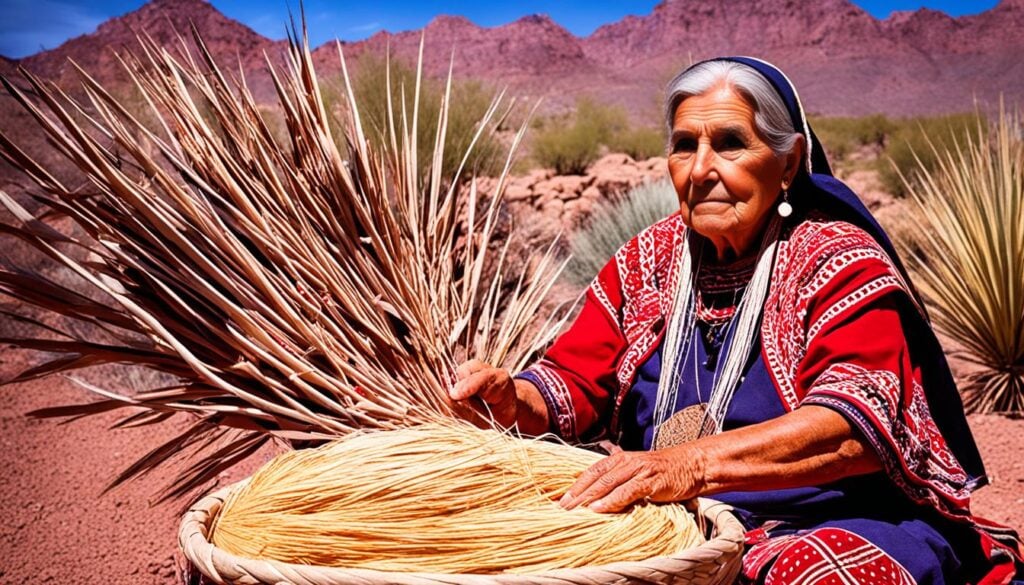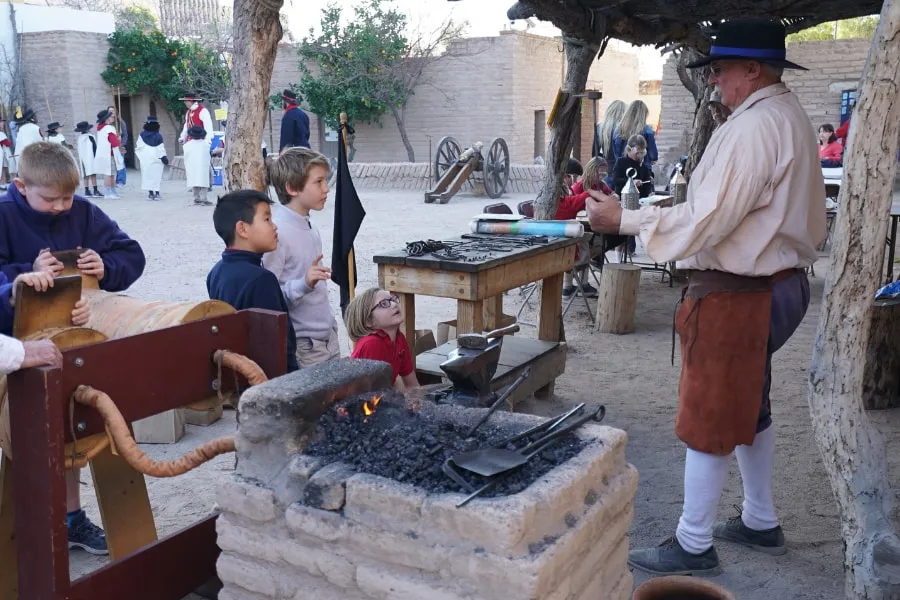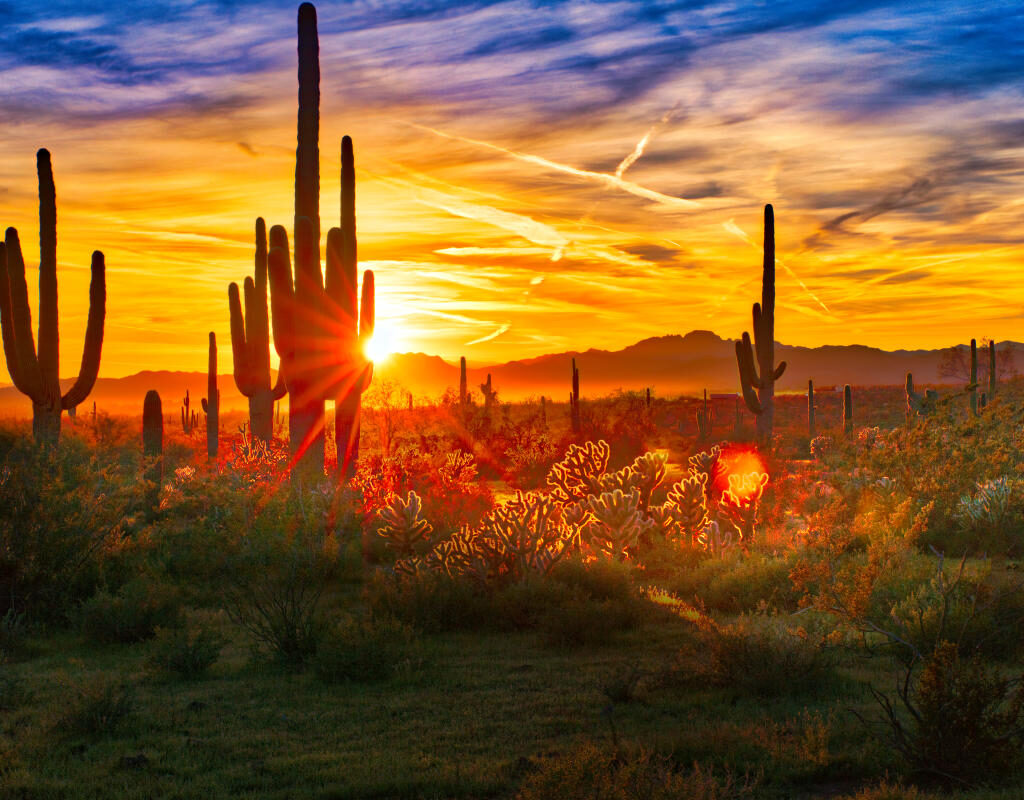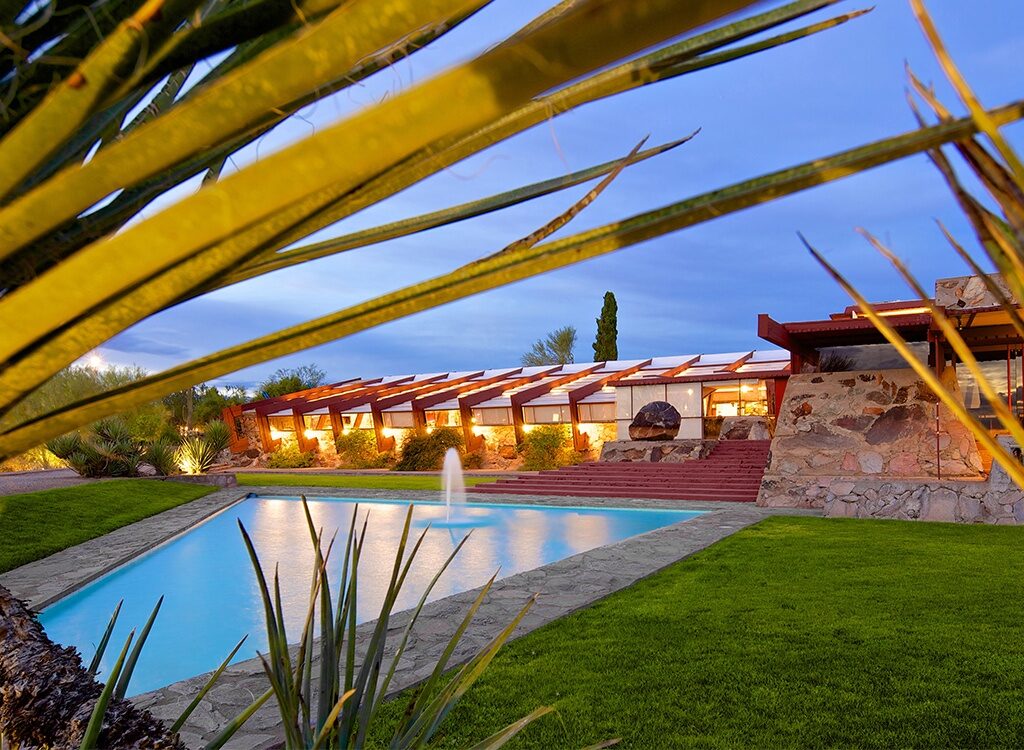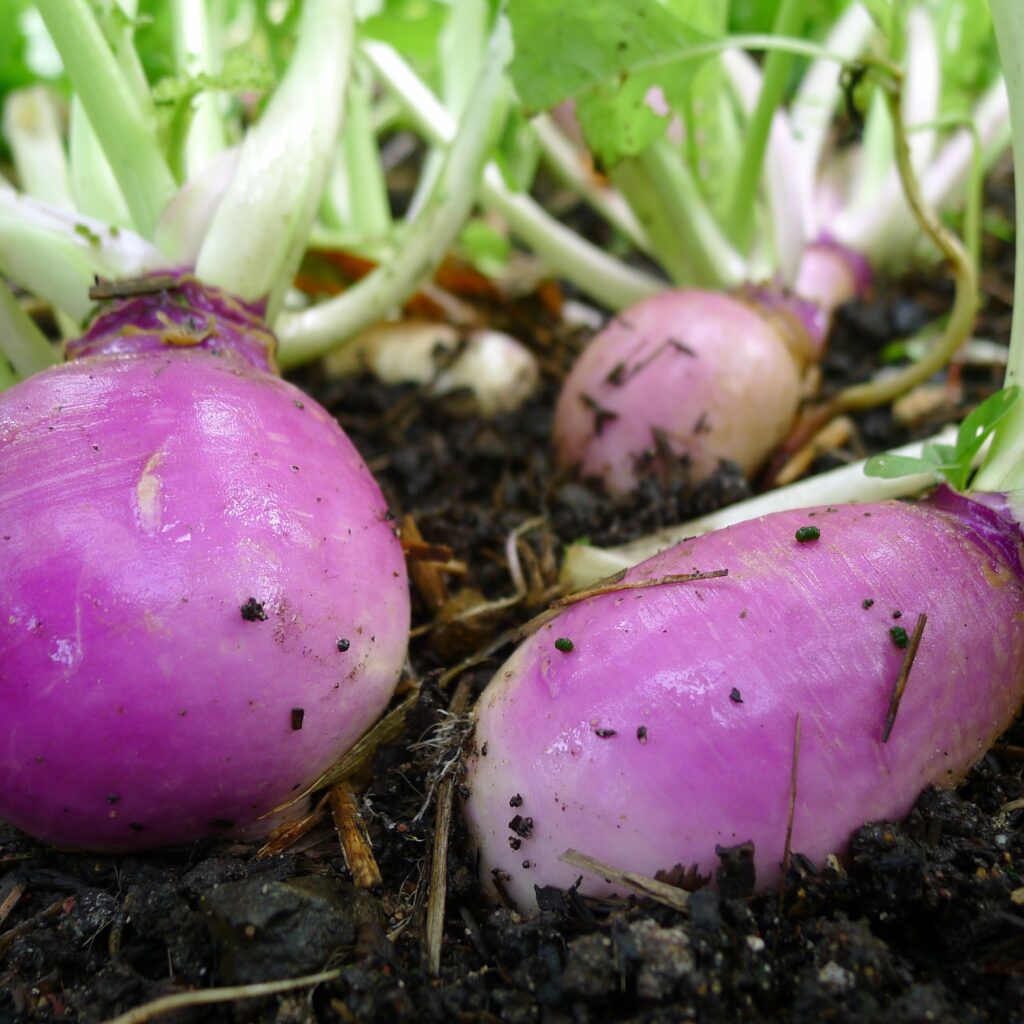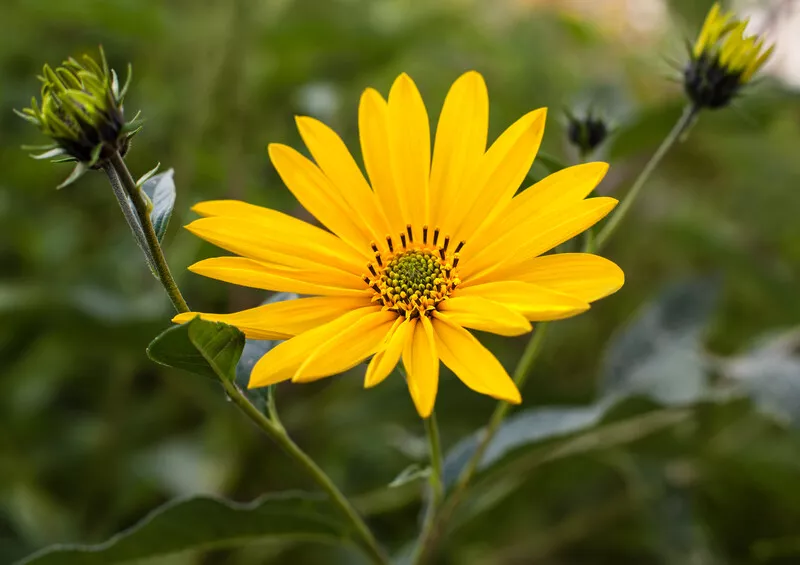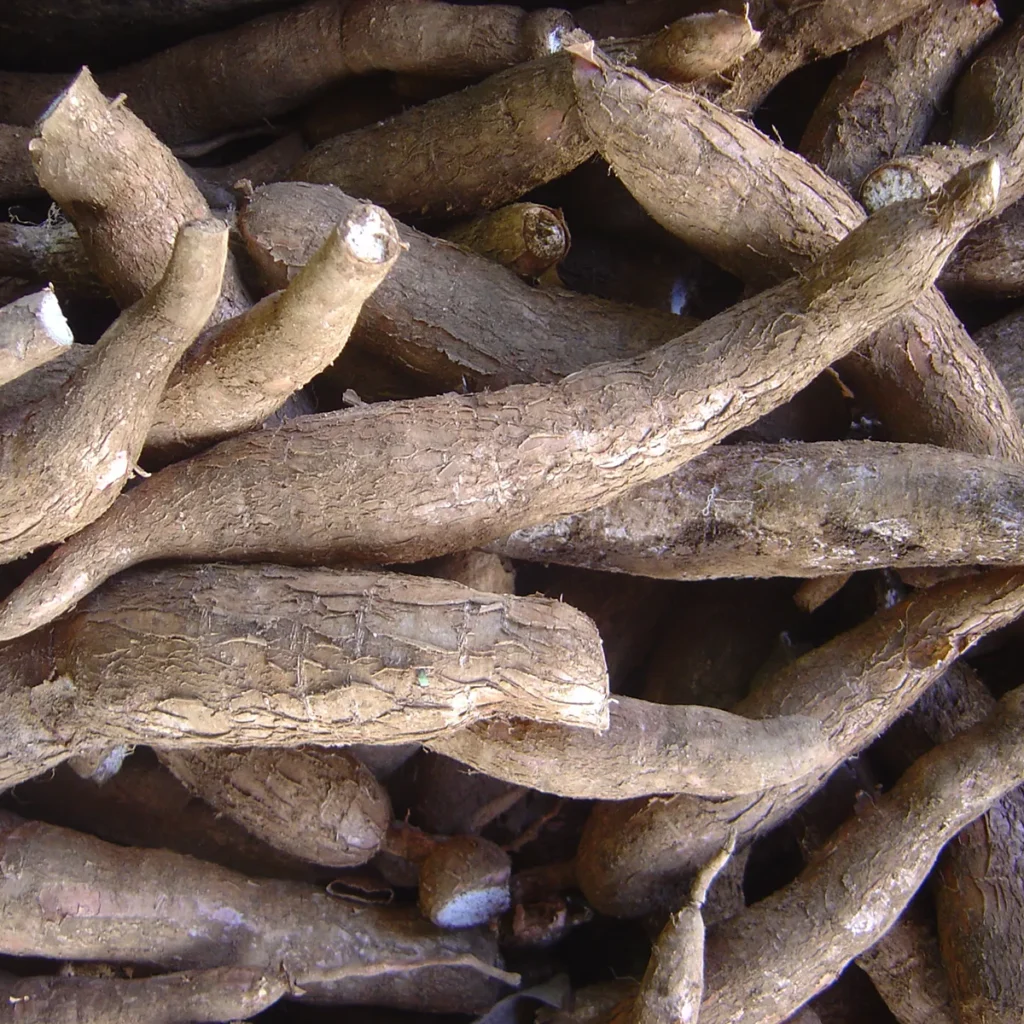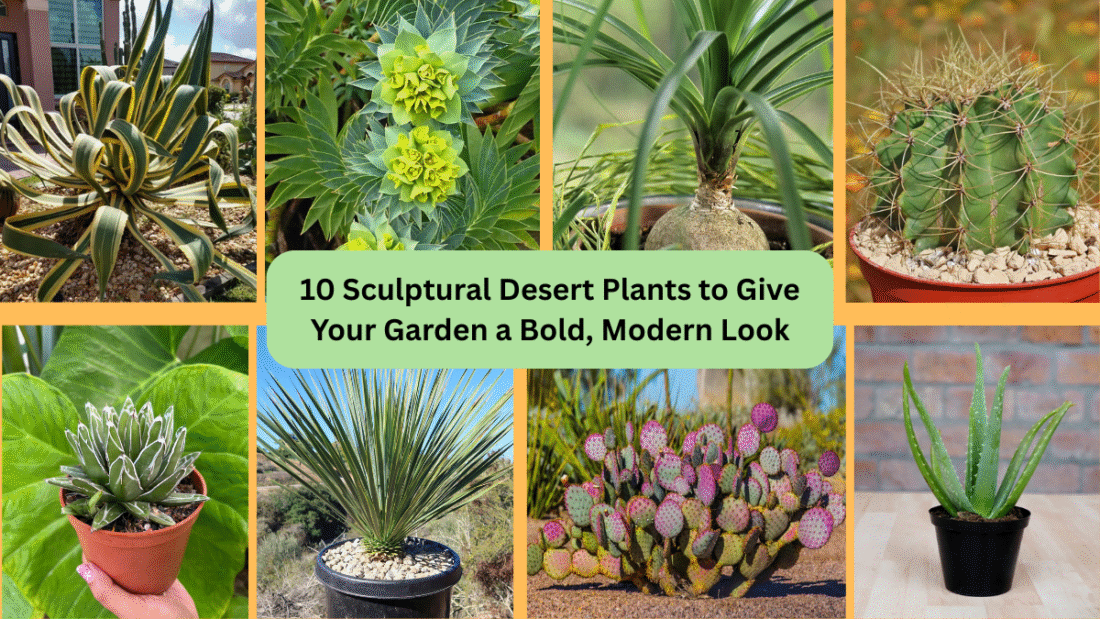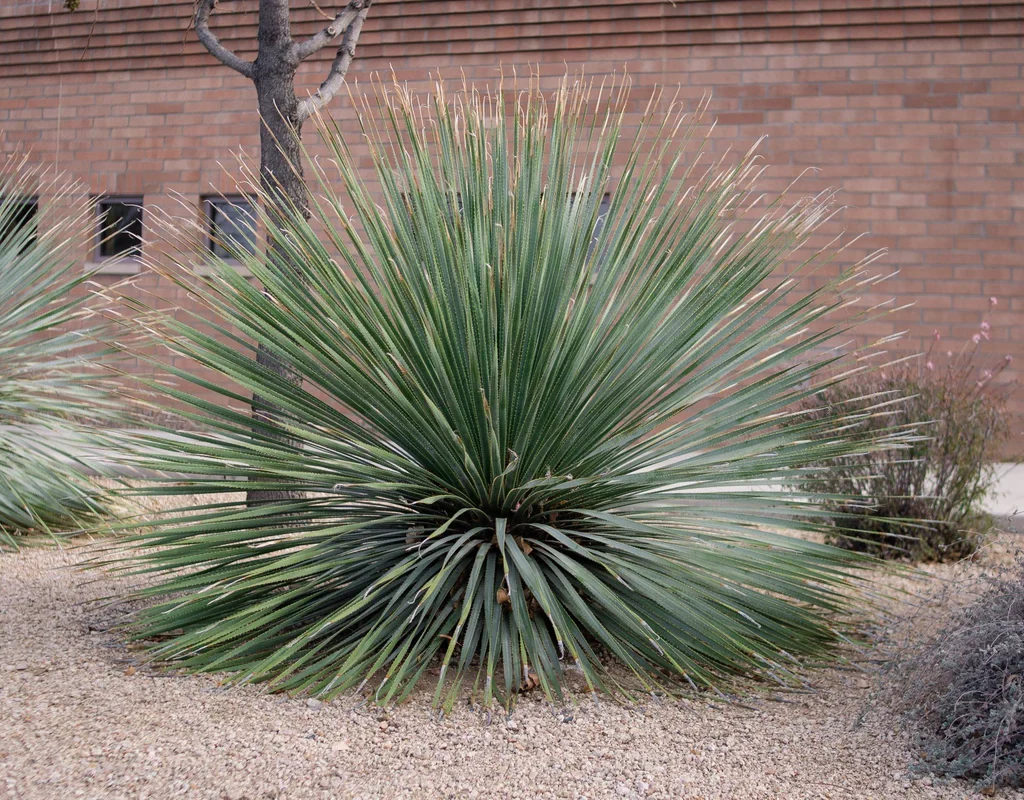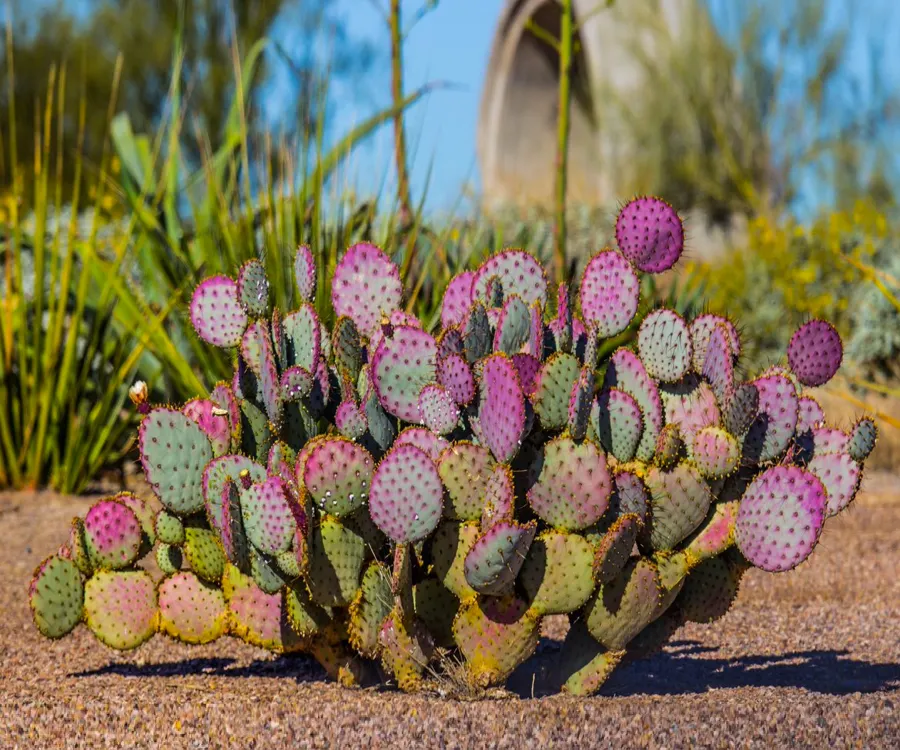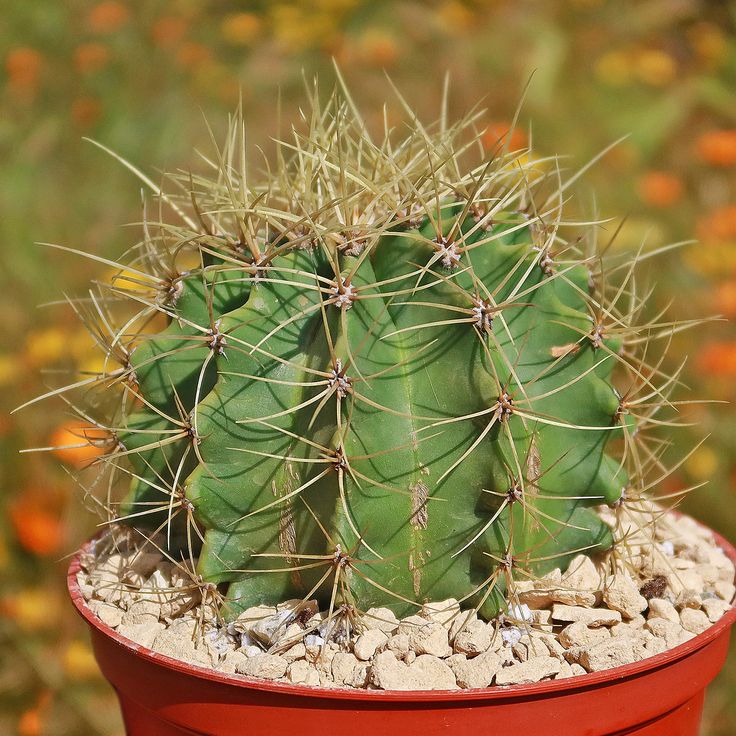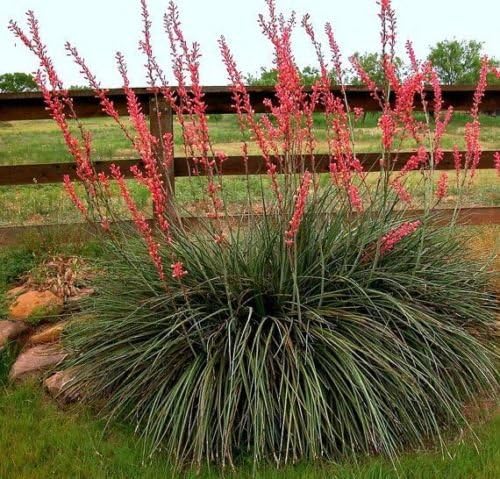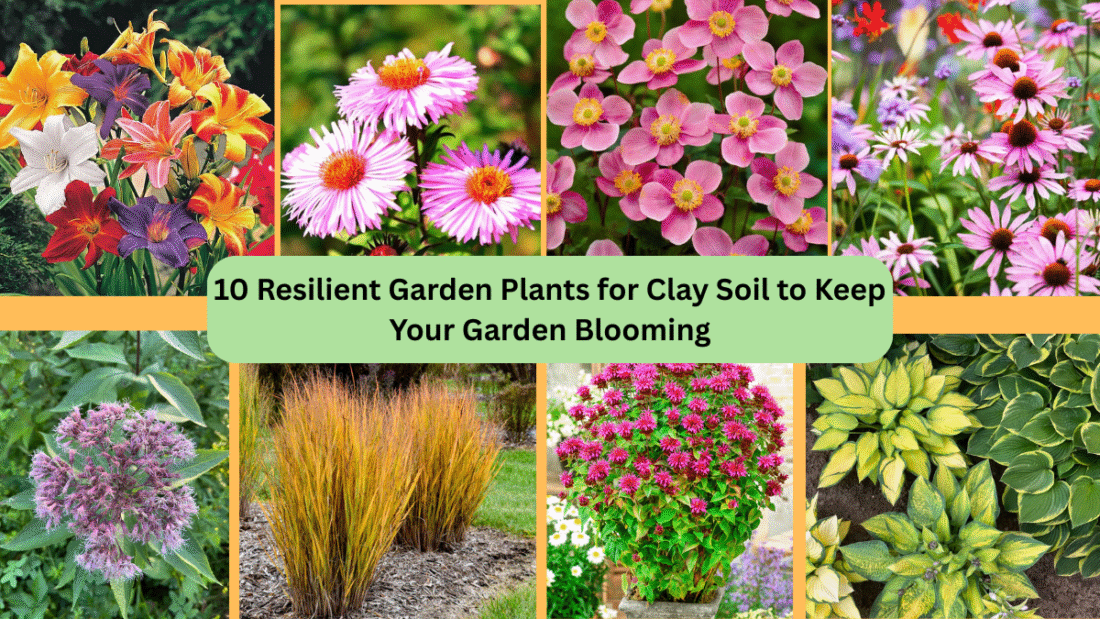Nestled along the banks of the Arkansas River, Little Rock is a charming Southern city where history, nature, and culture come together in a surprisingly vibrant way. Whether you’re in town for a relaxing getaway or an active weekend, the city’s scenic riverfront offers something for everyone beautiful trails, waterfront dining, museums, and family-friendly attractions. Here are the top 10 things to do in Little Rock for a riverfront retreat that blends relaxation with exploration.
1. Stroll or Bike the Arkansas River Trail

The Arkansas River Trail is a 15.6-mile loop that offers stunning views of the city and river, weaving through parks, forests, and historic landmarks. Rent a bike or take a leisurely walk across the Big Dam Bridge the longest pedestrian and bike bridge in the U.S. built specifically for that purpose. It’s a favorite spot for locals and visitors alike. Along the way, you’ll pass sculptures, gardens, and shaded spots perfect for a riverside picnic or sunset view.
2. Explore the Clinton Presidential Center

Situated right on the river, the Clinton Presidential Center is more than just a museum it’s an architectural landmark and a window into modern American history. Visitors can tour a full-scale replica of the Oval Office, browse fascinating exhibits from President Bill Clinton’s time in office, and enjoy panoramic river views from the glass-clad building. The adjacent wetlands park and walking trails make this a great stop for both history buffs and nature lovers.
3. Visit the River Market District

The River Market District is the beating heart of downtown Little Rock’s social scene. It’s a lively mix of restaurants, artisan shops, and entertainment venues, all centered around a bustling indoor market hall. Grab a bite from local vendors, listen to live music, or take a cooking class. The district also hosts regular farmers markets and festivals, making it an ideal place to mingle with locals and experience the flavor of the city.
4. Ride the METRO Streetcar

Hop on the vintage-style METRO Streetcar for a relaxing, scenic ride through downtown Little Rock and across the river into North Little Rock. The streetcar loops past major landmarks like the River Market, Clinton Center, and Argenta Arts District, offering a nostalgic way to tour the area. It’s a favorite for families, couples, and anyone who enjoys an old-fashioned twist on sightseeing. Best of all rides are free!
5. Relax in Riverfront Park

Riverfront Park stretches over 30 acres along the river and offers everything from playgrounds and sculptures to open lawns and event spaces. Take in the Vogel Schwartz Sculpture Garden or let the kids run wild at Peabody Splash Pad. With its peaceful river views and public art, this park is a scenic retreat right in the heart of the city. It’s also home to many outdoor concerts, festivals, and community events throughout the year.
6. Discover History at the Old State House Museum

The Old State House is the oldest surviving capitol building west of the Mississippi and a stunning piece of Greek Revival architecture. Located just steps from the river, this museum delves into Arkansas’ political and cultural history through engaging exhibits and preserved period rooms. It’s also the site of President Clinton’s 1992 election-night celebration. Admission is free, making it a must-stop for travelers interested in history and beautiful architecture.
7. Cruise the River on the Arkansas Queen

For a different perspective of the city, board the Arkansas Queen riverboat for a scenic cruise along the river. These relaxing excursions offer sweeping views of the downtown skyline and the natural beauty of the waterway. Choose from sightseeing cruises, dinner cruises, or themed events that include music, dancing, and food. It’s a great way to enjoy the river’s beauty while soaking in Southern charm and hospitality.
8. Tour the Little Rock Central High School National Historic Site

Though not directly on the river, this important site is only a short drive away and offers a powerful look into the Civil Rights Movement. Little Rock Central High School was the site of a major desegregation crisis in 1957, and today, the visitor center tells that story through powerful exhibits and guided tours. It’s an essential stop for understanding American history and adds depth and perspective to your visit to Little Rock.
9. Catch a Show at the First Security Amphitheater

Located within Riverfront Park, this outdoor amphitheater is a popular venue for concerts, festivals, and community events. With the river as a backdrop, the setting is both scenic and electric. Whether you’re attending a summer concert series or a food and music festival, the amphitheater offers a memorable entertainment experience right in the heart of downtown. Bring a blanket, find a seat on the lawn, and enjoy the music under the stars.
10. Explore the Witt Stephens Jr. Central Arkansas Nature Center

This hidden gem along the river blends education with natural beauty. The Nature Center offers interactive exhibits about Arkansas’ native wildlife, fish, and ecosystems, along with an aquarium and hands-on displays. Outside, families can stroll through native plant gardens or fish in the nearby Arkansas River. It’s an engaging and peaceful retreat for kids and adults alike, providing both relaxation and learning with a scenic backdrop.



















